Oatmeal:-A nutritious & gluten free cereals.
What is Oat?-
Oat is a cereal grains belong to the “Poaceae” grass family of plant mainly grown for its starchy seed grain for our healthy food. Its botanical name is “Avena sativa” Oats are mainly cultivated for animal or livestock feed but only 01% of its total production are processed as breakfast cereal/food for food human consumption. Oats are mainly prized for its nutrition & health benefit due to its high soluble fiber content, potential to reduce the risk of cardiovascular diseases etc. Oats are hardy cereal gluten free grains having mild & nutty flavor which comes from roasting process during processing
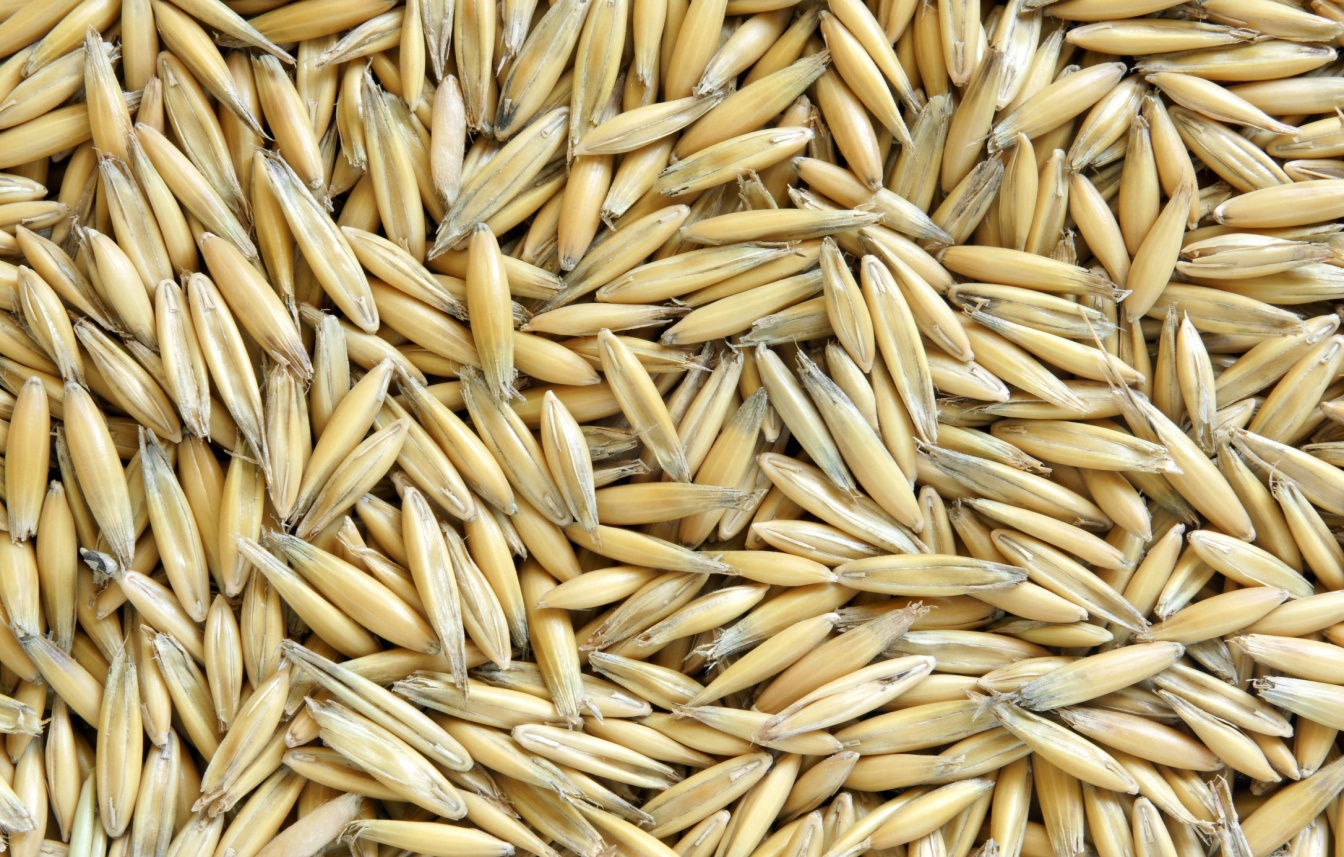
Pic source-langelade country
Oats have several uses in our food such as oatmeal, oat flour, porridge, muesli, granola, oat cakes & variety of baked goods such as oat cookies & oat breads, muffins, cakes etc. Oatmeal is mainly taken as porridge & can be mixed with breakfast cereal grains such as muesli & granola etc.
In india it is mainly grown in the foothill of Himalayan region such as J&K, Himachal Pradesh & Uttrakhand, Punjab etc
Common name of Oat in India & around the world:-
- In English- Oat, common oat, winter oat
- Scientific name:- Avena sativa
- In Spanish:-Avena
- In French:-Avoina
- In German:- Hafer; Saat- Hafer; Sommer- Hafer; Winter- Hafer
- In hindi:- Jaee (जई)
- In Bengali:- Joi
- In Punjabi:- Javie or Jawie
- In Marathi:-Saya
- In Tamil:-Oatrisi
- In Telgu:-Yavalu
- In Malayalam:- Oat
- In Kannada:- Tooki Goodhi
Characteristic of oat grains:-
Human has been using oat grains since ancient times. Initially it was considered as a poor man’s food and used mainly as porridge & oat meat but in modern days & recent times it is taken as healthy food due to excellent nutritional & functional properties. Oat grain contains about 80% unsaturated fat ( Linoleic acid), Beta-glucan (soluble fiber), anti-oxidants, Vitamin E, essential amino acids etc.
Oat grains are consist of the following parts:- Hull, Bran, Endosperm & Germ.
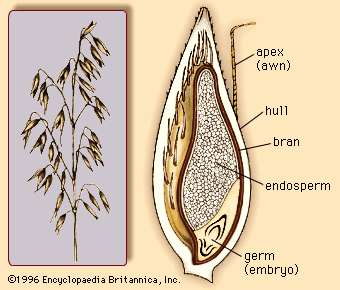

Pic source- Encyclopedia & PNG Wing
Hull:- The outer covering is called Hull or Husk which comprises of 25-30% of weight of oat grain. It is mainly inedible as it is not digested by humans and resulting it is removed from oats. Hull or Husk is mainly removed by either manual peeling, stone dehulling or by mechanical dehulling method using compressed air etc.
- Oat groats:-The de-hulled oats are commonly known as Oat groats which is a whole oat grains comprising of oat bran, endosperm & germs. It is highly nutritious but often needs soaking prior to cooking and used in stew, porridges etc.
Picture of de-hulled oats (Oat groats)
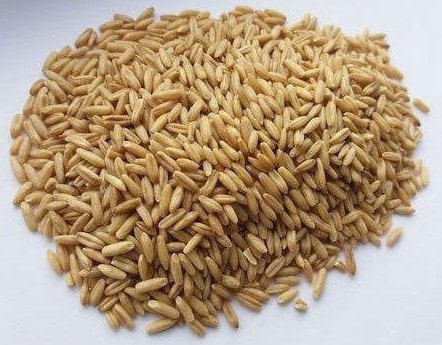
Oat bran:- it is not a whole oat grain. Oat brans are the outer layer or outer casing of oat groat that means oat groat without germs & endosperms. Oat bran is slightly more nutritious than oatmeal because it is higher in protein content, soluble fiber and sugar.
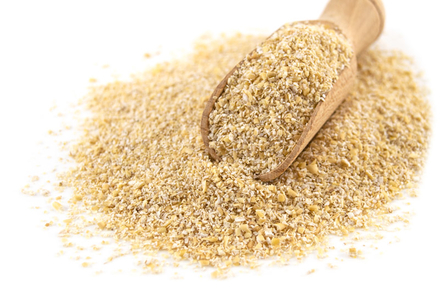
Pic source- healthy supplies.
Oat endosperm:- It is the largest part of the kernel consist of approximately 73% of total weight of oat grains. It contains most of the carbohydrates & protein and responsible for proving essential energy & nutrients.
Oat Germ:- Responsible for germination of the grains. It is rich in oil & vitamin and minerals.

Pic source-semantic scholar
About oat plant & cultivation:-
Oat are an annual grass crop reached upto 1.5 mtr or 5ft in height mainly grown for cereal crop as well as fodder crop. It is cultivated in the same way as the wheat crop are cultivated and mainly grown in temperate & subtropical climate. One of the typical characteristic of oat plant is that it can easily grow in a wide variety of plant such as acidic soil having pH Value 4.5 and alkaline soil pH Value 8.5
Oat crop is considered as 7th most economically important cereal after corn crop, rice, wheat, barley, sorghum & millet crop. It is extensively cultivated in North America, Europe and Asian countries between 40˚ and 60˚ northern hemisphere latitude. Its crop cultivation adapt to cool & moist climate. Common varieties of oat are generally grown extensively in colder climate region where as Red oat & Ethiopian oat are grown in warmer climate.
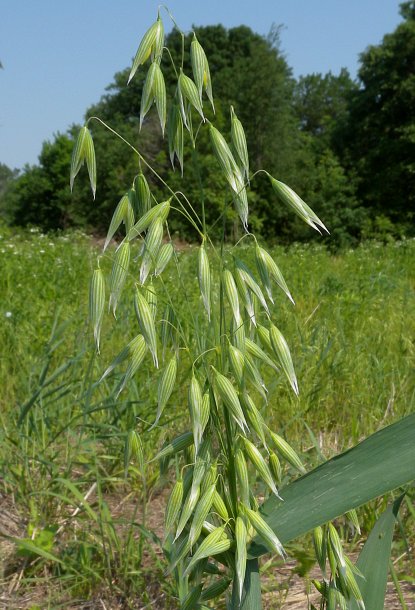
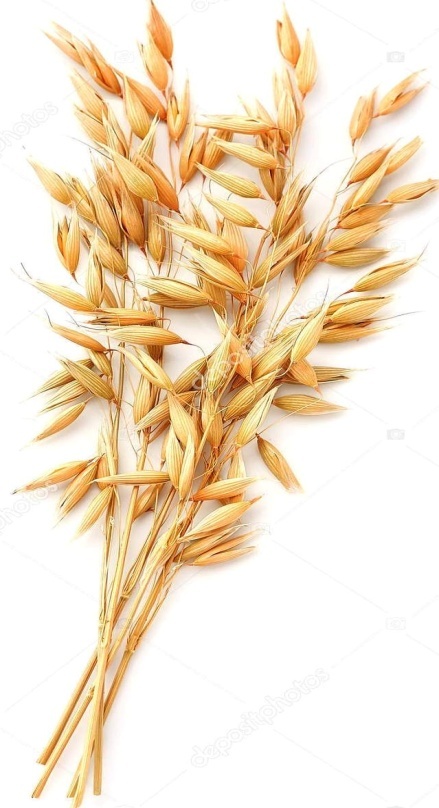
Pic source-Illinois wildflowers & Morning chores
A brief history of oat crop cultivation:-
As per the archaeological evidence, oat was domesticated much later than wheat and barley cultivation (around 2000BC) . Initially oat was not a crop nor it was cultivated as a crop but it was simply a weed crop which automatically grown in the wheat & barley field. Greek & Romans even considered oat plant as a diseased wheat & barley crop and used for animal feed only.
Due to its bland taste and tendency to spoil fast characteristic, oats are considered as less favoured than other grains such as wheat & barley but it has several medicinal & health benefit. In ancient times Oat are mainly grown in south east Europe & Asia minor. Despite these issue oat become staple food in Germany, Ireland, Scotland & Scandinavian countries.
As per the “Natural history book” written by Pliny describe that it was probably the German tribe who first made porridge of oat in the 1st century AD. Later on oat gained popularity & wide acceptance in Ireland & Scotland where variety of porridge were made.
During 17th century, it was the Scottish people who settled in America brought oat grains from their country & planted oat grains with other crops in an island off the Massachusetts coast. Oat became a major crop in America only after 1920 when modern machine introduced in agriculture to replace the house.
In the late 19th century, a German immigrant in USA started large scale domestic milling of oat seeds and sell it to local market. Later on the Quicker oat company in collaboration with German mill American oatmeal company of Ohio started commercial production of oat meals in America in their brand name “Quaker oat” in the year 1905.

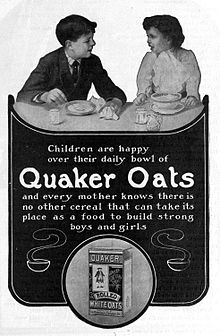
Pic source-wikipedia
A brief history in India:-
The oat crop in India was introduced by British during the beginning of 19th century in the Himalayan region. It was first introduced in J&K by the then King Maharaja Hari Singh in his farm to produce for their own use. Later on the Department of Agriculture J&K, Himachal Pradesh agriculture university Palampur & G.B Pant agricultural university Pantnagar together organized research activities on production & development of Oat crops.
In spite of extensive research and extension, availability of excellent varieties and easy cultivation, Oat has not become very popular in temperate Himalayan states like Himachal Pradesh and Uttranchal. It is only in Jammu and Kashmir that Oat has become extensively popular. However it is also grown in Himachal Pradesh, Uttrakhand, Punjab, Haryana, UP and limited areas in MP, Orissa, Bihar, West Bengal are the Oats growing states.
What are the various types of Oat?
Oat meal is a versatile food and are available in market in various forms. There are basically two main types of processing of oat from the whole grain oat to make oat meal.
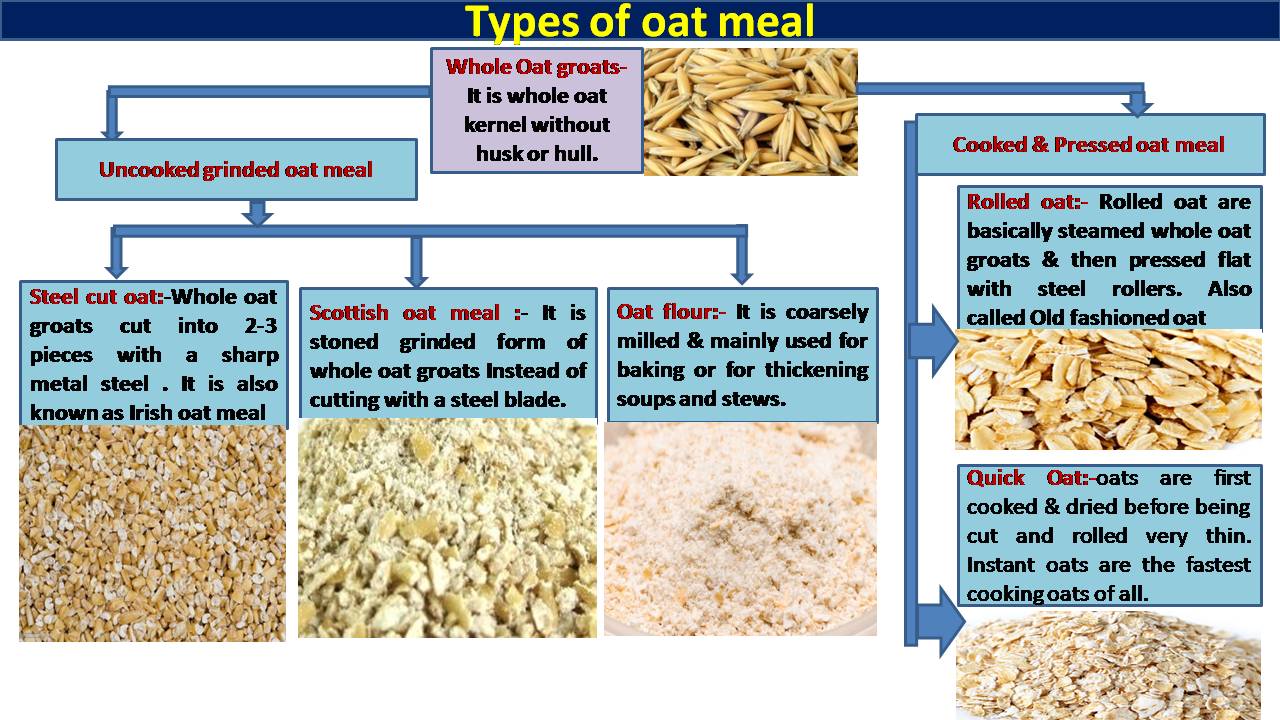
- Uncooked grinded oat meal:- The whole dried oat grain( Oat groats) are crushed or broken into pieces either by traditional stone grinding method or mechanical steel wire cut methods.
- Steel cut oatmeal:- In steel wire cut methods whole dried oat are passed through a sharp steel metal blade to broken down the pieces of whole dried oat. Steel metal blades cut the while oat into 2-3 pieces which facilitates faster cooking as compare to whole oat because whole grain oat are very hard in nature and cutting into pieces makes grain easier to observe the cooking water. Steel cut oat are also commonly known as Irish oat meal.

Pic source-123 RF.Com
- Scottish oat meal:- it is the traditional method of coarser grinding of whole dried oat by using stone crusher instead of using modern steel cutter blade. Scottish oat meal have broken oat meal in varying size which result in creamier porridge as it expose more cut surface.
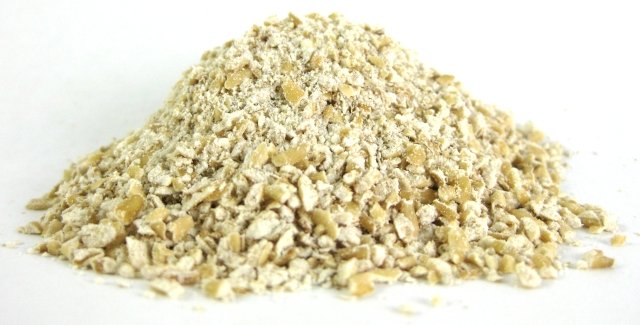
Pic source-Nuts.com
- Oat flour:- it is finely grounded dry whole oat by stone milling machine to make oat flour. It is used in baking industry in the preparation of breads & cakes, Thickening agents in stews, sauce & gravies. It is also used to make Pizza, tortillas breads, roti & chapatti etc. Oat flour is used as an ingredient in several food products as it contains antioxidant activity which likely to undergo fat oxidation during storage.
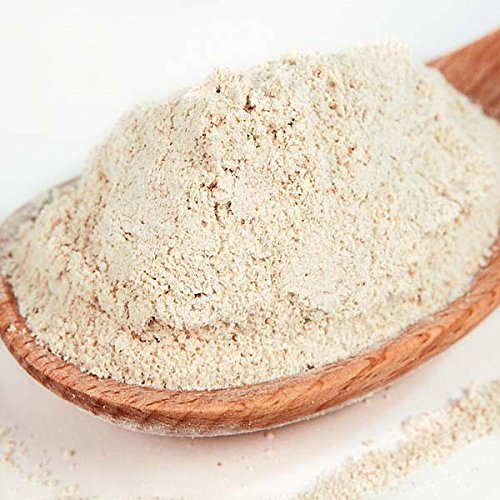
Pic source- Amazon.in
- Oat bran:- Oat bran is obtain by sieving the coarsely grounded whole oat or oat groats. It is used as an ingredients in several hot & cold breakfast cereals, baked food products such as breads, cookies & muffins etc.
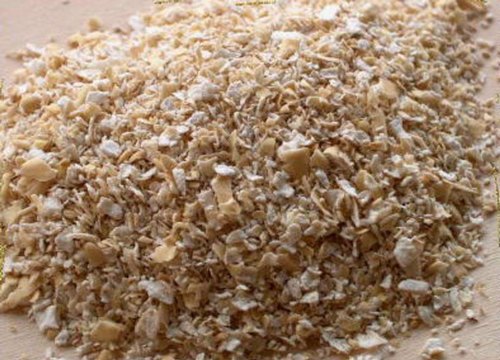
Pic source-Indiamart
- Cooked & pressed oat meal- It is commonly known as Rolled oat meal which is processed by steaming of the whole dried oat (Oat groats) & then flattened the steamed whole oat by help of steel roller & then flaked to make cooked & pressed oat meal. It is of two types:- Old fashioned oat meal & Instant or Quick oat meal.
- Old fashioned oat meal or Regular oatmeal:- whole grain oat (Oat groats) are first steamed & then flattened by steel roller to turn into oat flakes. Old fashioned oat meal or regular oat meal absorb a lot of moisture during cooking and cooks faster than steel cut oat meal or stone grind oatmeal. It also hold its shape well while cooking. Rolled oats are the main ingredients in granola & other breakfast cereals.
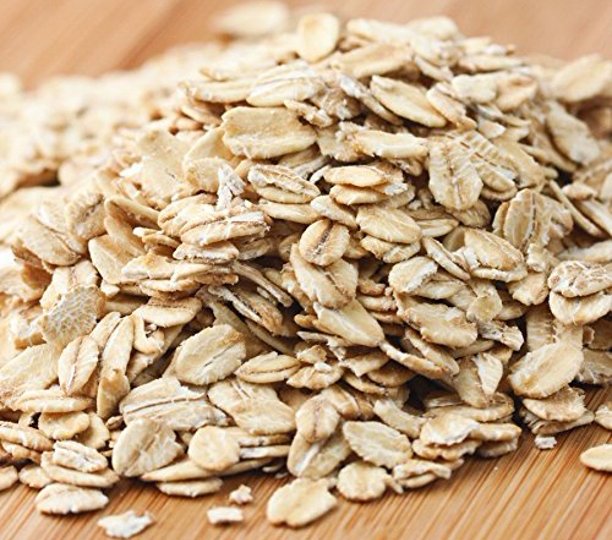
Pic source-Walmart
Quick or Instant oatmeal:- In this process whole grain oat (Oat groats) are first steamed & then dried and flattened by steel roller to turn into thin oat flakes, thinner than old fashioned oatmeal or regular oat meal. instant oats are the fastest oats of all types of processed oat meal.

Pic source-Indiamart
Culinary use of oat meal:-
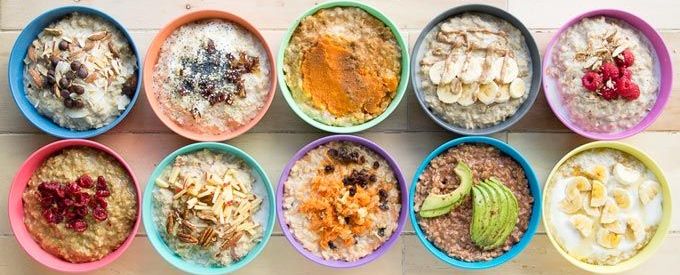
Pic source-pinterest
- Oat gets its taste & aroma from its roasting process after it has been harvested, it is steamed, dried or roasted & rolled to make oat meals or turn into flakes. It is eaten with milk as porridge for breakfast & breakfast cereals.
- Oat bran is one of the highly nutritious products as it is rich in β-glucan & soluble dietary fibre, beneficial fatty acids, and a large selection of vitamins, minerals, sterols, and antioxidants.
- Oatmeal is the porridge made by cooking oat in milk
- Oats have several use in culinary industry in the form of oatmeal & oat flour. Oat meal are extensively eaten as porridge, breakfast cereals such as muesli, Cheerios & granola. Different types of oat meal require different cooking temperature and time for making porridges and hot & cold breakfast cereals. Oatmeal can be eaten during any meal from breakfast to lunch to dinner.
- Oatmeal are also used in several baking products such as breads, oat cakes, cookies, muffins, croissants, puddings, scones, pie etc.
- Oat meal contains natural preservatives and rich in anti-oxidants resulting it is used in making oat breads, oat milk, oat milk powder, oat butter, oat ice creams etc.
- Whole oat are also grinded to make oat flour. Oat flour is used as thickening agents to thicken the stews, soup, sauce & gravies. Oat flour can also be used in the preparation of breads, cookies, muffins & several other bakery products.
- Oat flour are also used as a binding agents in the preparation of kebabs, burger patties, Cutlets.
- Oat meal & oat flour are major constituents of infant food. Oat flour are used as thickening agents in many infant food products, ready to eat breakfast cereals etc due to its high nutritional value, stability & self life
Nutritional value & Health benefit of oat meal
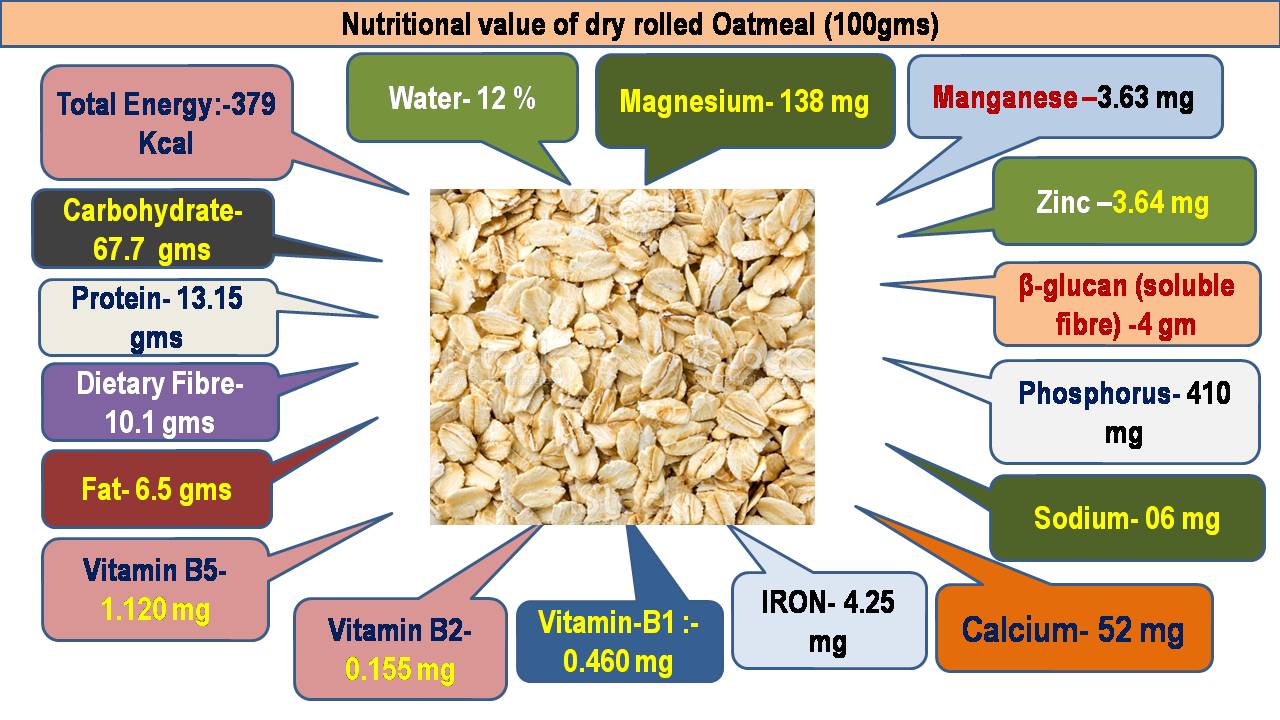
Health benefit of oatmeal:-
Oatmeal are rich in anti-oxidants including avenanthramides. These compound help in reducing blood pressure. It also contains high amount of soluble fiber called beta-glucan (β-glucan) which easily dissolve in water & form gel like solution that is the reason it is used in thickening agents.
Soluble fibre content in oatmeal’s also helps in reducing cholesterol level, blood sugar & lower LDL Cholesterol i.e bad cholesterol. It also protect LDL Cholesterol from oxidation.
As per the medical trials it has been proved that oatmeal help to lower the blood sugar level especially in people who are suffering from type-2 diabetes.
Oatmeal is a low calorie diet and help in reducing the weight.
Oatmeal is also very beneficial for kids as it helps to reduce the chance of Asthma disease.
Oat meal offers high amount of vitamin & minerals such as iron, selenium, magnesium, manganese, phosphorus, copper, B vitamins and zinc etc.
Oatmeal is naturally gluten free food and beneficial against celiac disease.
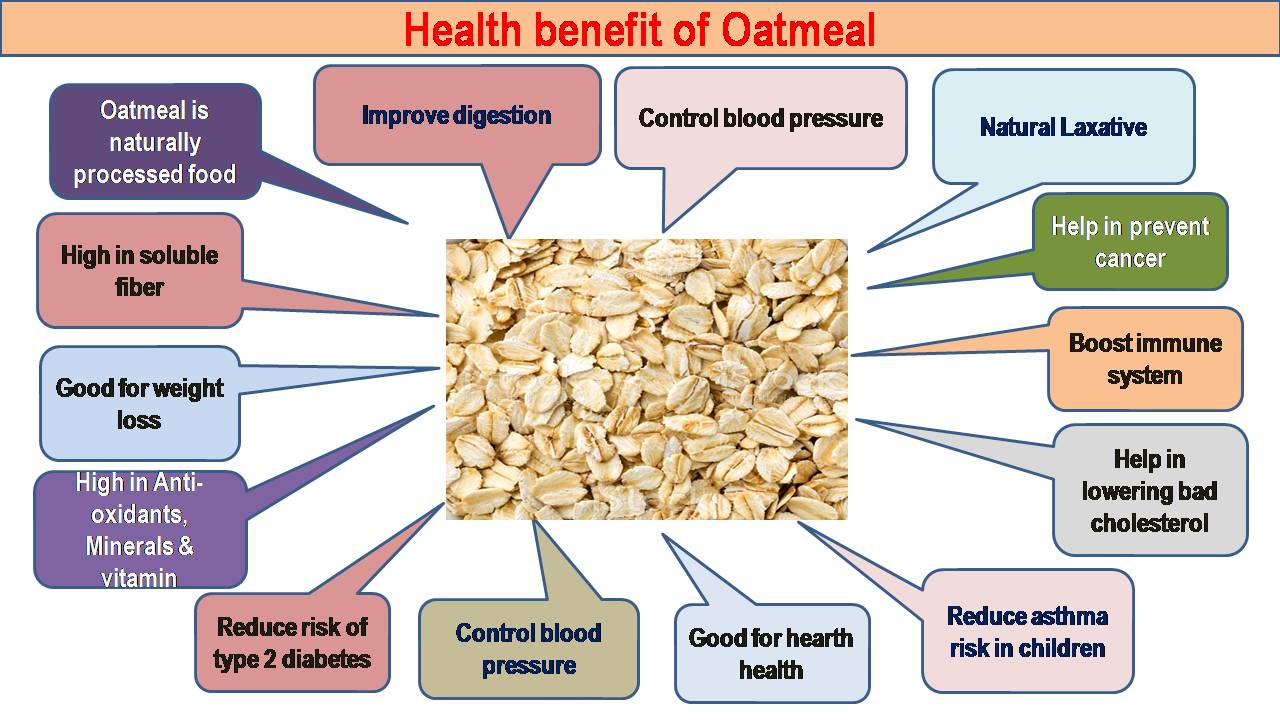
Reference-
Quaker oat centre of excellence ,illonis,USA.
U.S Oat industry Report volume(AER -573)
Department of agriculture research institute, New Delhi
Punjab agricultural university, Ludhiana
Oat science & technology volume-33
NDTV Food
The spruce eat
Healthline.com
Science direct
Research gate
